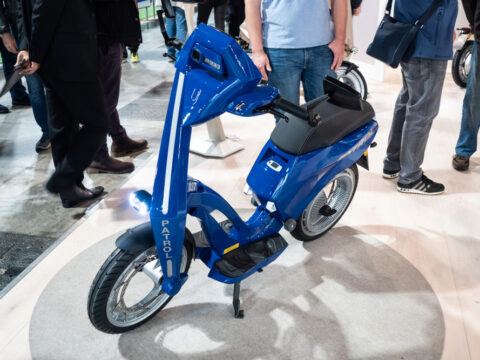Racing history is filled with iconic cars that left a lasting impression on motorsports enthusiasts. These legendary machines not only defined their eras but also set new standards for speed, performance, and design. In this article, we’ll take a look at some of the most iconic racing cars from the past that deserve to be revived, reminding us of their glory and the excitement they once brought to the track.
Contents
Ferrari 250 GTO
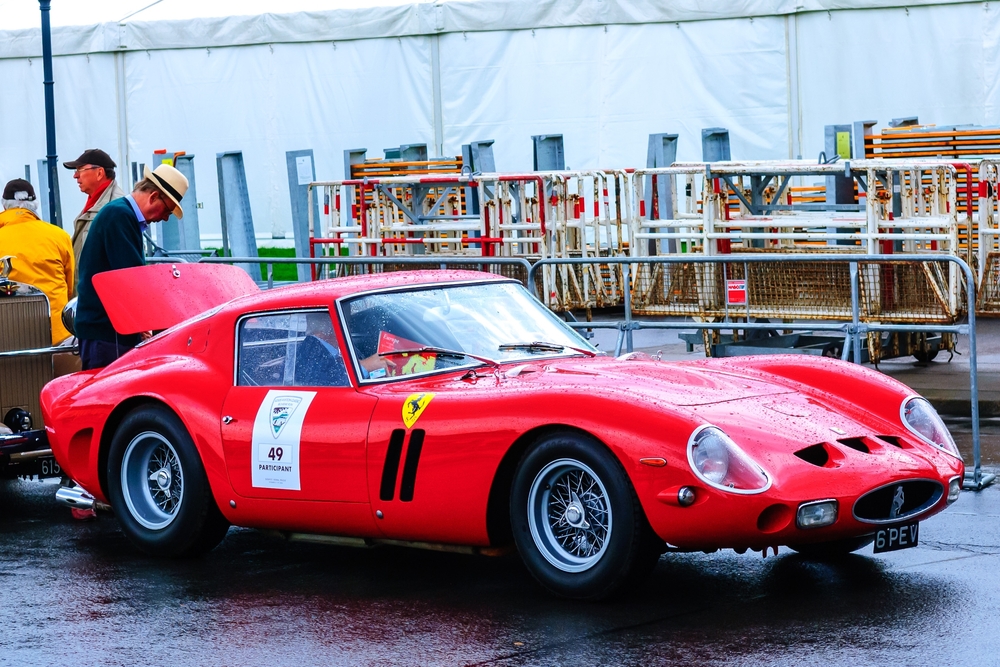
The Ferrari 250 GTO is one of the most revered racing cars ever produced, known for its stunning design and impressive performance. Powered by a 3.0-liter V12 engine that produced 296 horsepower, this car dominated the GT racing scene in the early 1960s. Its lightweight tubular frame and aerodynamic body, crafted from aluminum, ensured high speed and nimble handling. Only 36 units were made, making it one of the rarest and most valuable cars in the world today. A revival of the 250 GTO could bring back the perfect blend of beauty and power that made it an icon.
Porsche 917
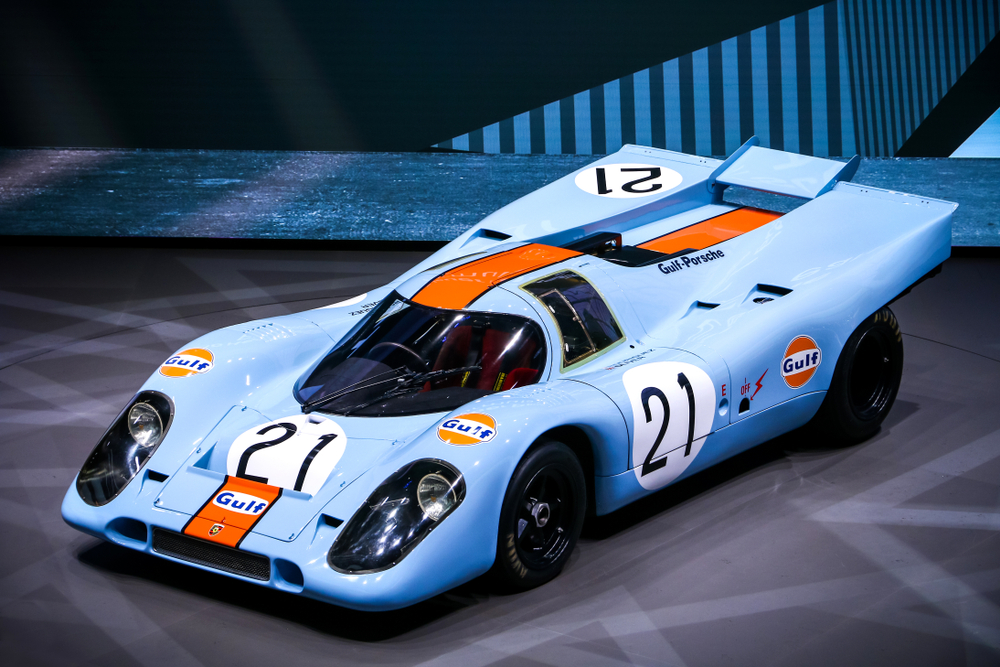
The Porsche 917 is legendary for its dominance in endurance racing, particularly at Le Mans. First introduced in 1969, it was powered by a 4.5-liter flat-12 engine, which evolved to produce more than 600 horsepower in later versions. With its lightweight fiberglass body and revolutionary aerodynamics, the 917 was capable of speeds over 240 mph. A modern revival would maintain its low-slung design, but with modern materials and hybrid technology to match current racing standards.
Ford GT40
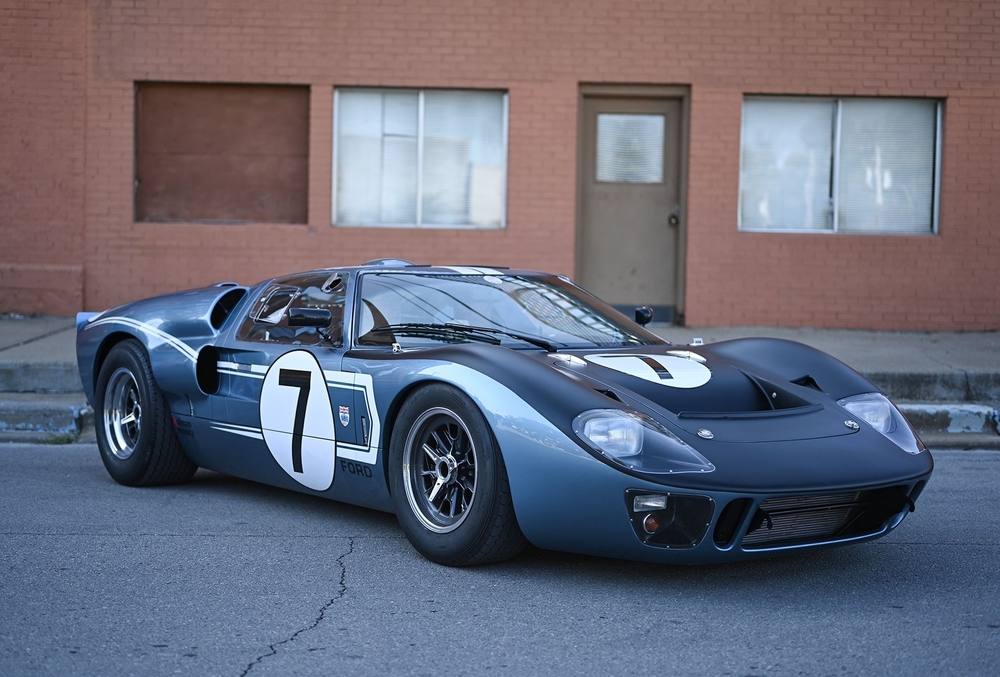
The Ford GT40 is synonymous with American automotive glory at Le Mans, winning the prestigious race four times in the 1960s. The GT40 Mk II featured a 7.0-liter V8 engine that produced 485 horsepower, making it a powerhouse on the track. Its low-profile design, lightweight materials, and superior handling helped it defeat Ferrari in their long-standing rivalry. Reviving this icon with contemporary engineering and sustainable materials would honor its legacy while appealing to modern racing enthusiasts.
Jaguar D-Type
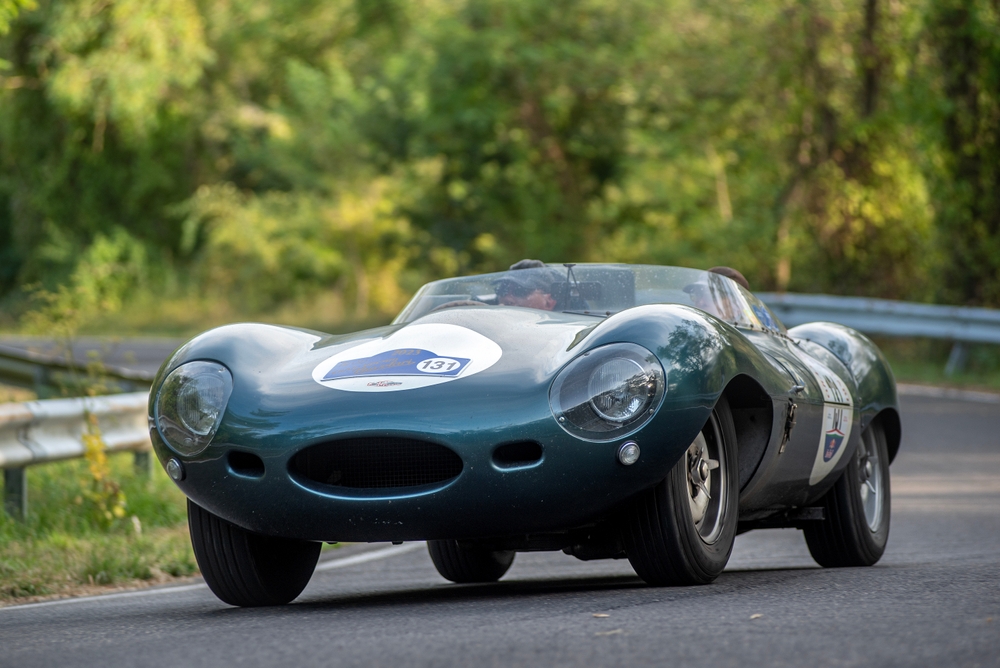
The Jaguar D-Type won Le Mans three consecutive times in the 1950s, thanks to its innovative monocoque construction, which significantly reduced weight while enhancing structural rigidity. Powered by a 3.4-liter straight-six engine, it produced around 250 horsepower. Its sleek, aerodynamic design with a pronounced fin behind the driver helped it reach high speeds. Reviving the D-Type would bring back one of the most beautiful and effective race cars in history, potentially with electric power for a modern twist.
McLaren F1 GTR
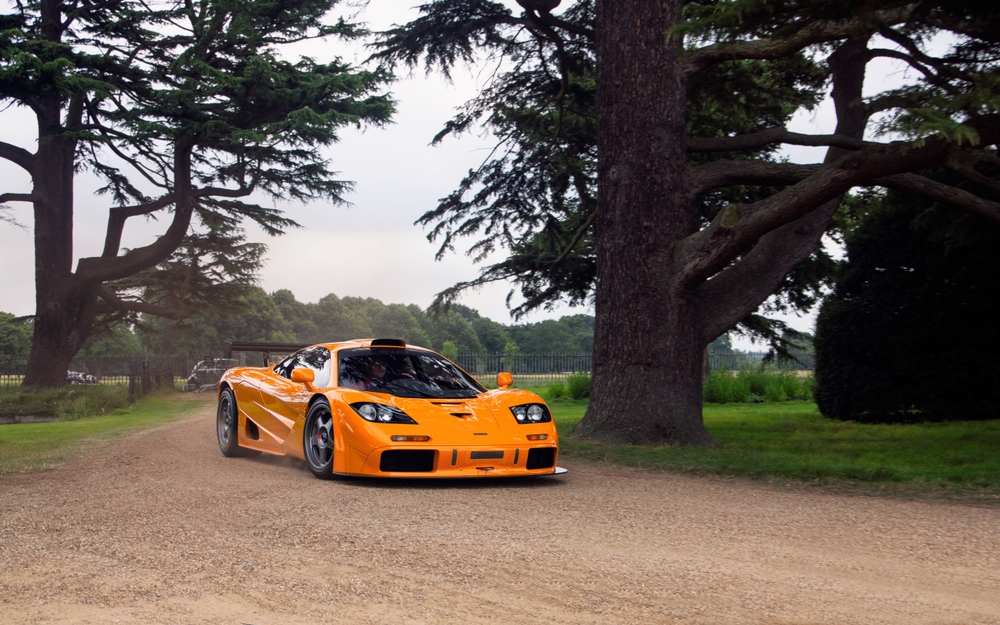
The McLaren F1 GTR was a racing version of the iconic McLaren F1 road car, and it became a legend when it won Le Mans in 1995. Powered by a 6.1-liter BMW V12 engine, it delivered 627 horsepower and had a top speed of over 240 mph. The F1 GTR was crafted using advanced carbon fiber, giving it unmatched strength and lightweight properties. A revival of the McLaren F1 GTR could blend this car’s groundbreaking design with modern hybrid technology to set new racing benchmarks.
Lancia Stratos HF
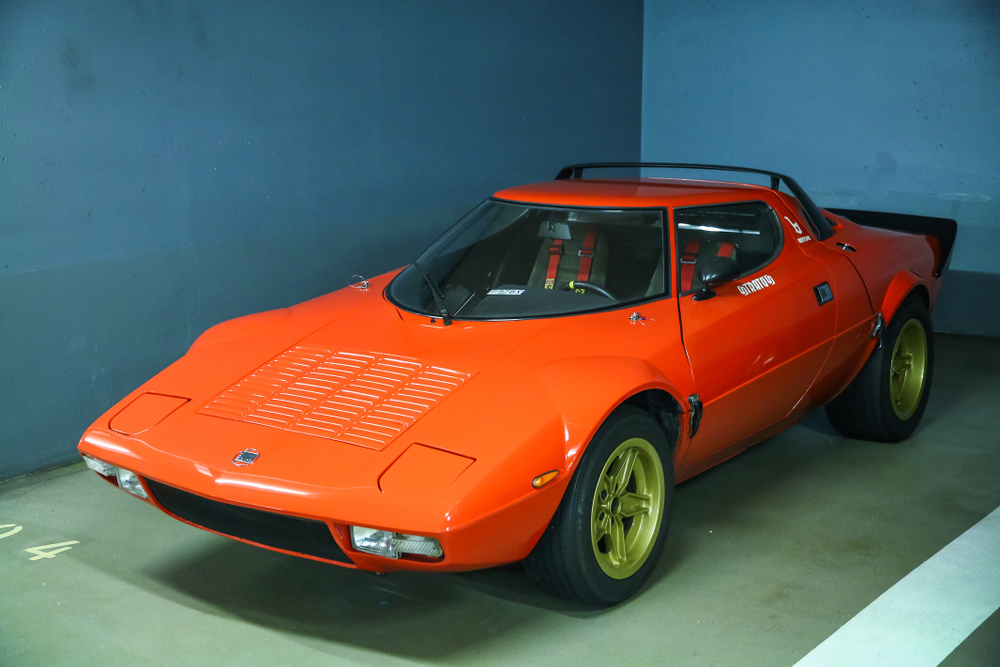
The Lancia Stratos HF was a rally legend, known for its mid-engine layout and short wheelbase, which made it incredibly agile. It was powered by a Ferrari Dino V6 engine that produced 190-320 horsepower, depending on the race specifications. The wedge-shaped body design was ahead of its time, and its lightweight construction made it a formidable competitor on tight, twisty rally stages. Reviving the Stratos HF with modern engineering would bring back a truly iconic car that dominated the rally scene in the 1970s.
BMW M1 Procar
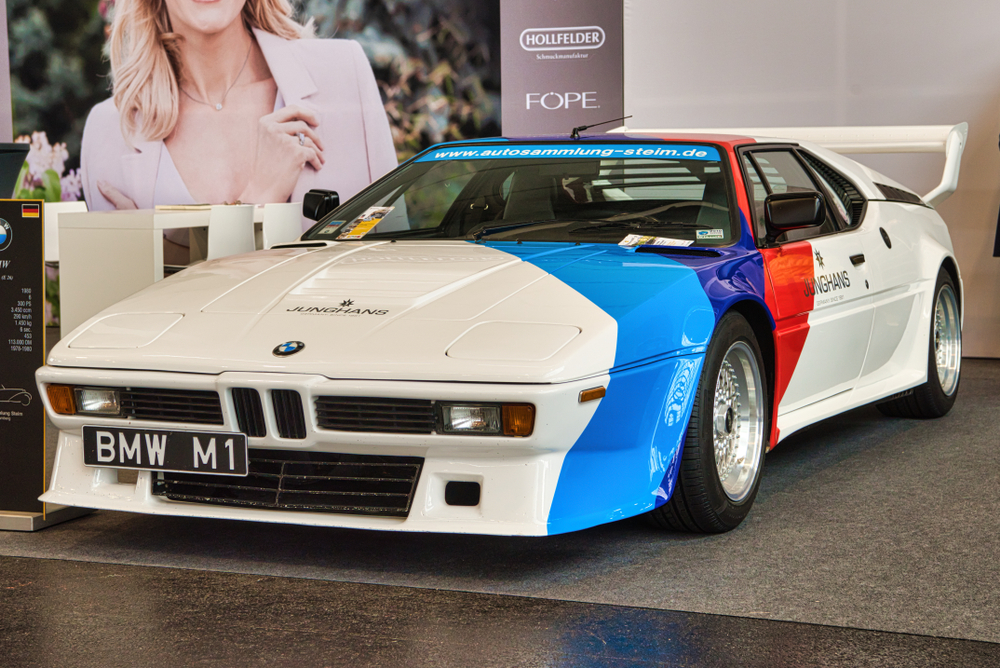
The BMW M1 Procar was developed as a one-make racing series that supported Formula 1 in the late 1970s and early 1980s. Powered by a 3.5-liter inline-six engine producing around 470 horsepower, the M1 Procar was known for its balance and handling. Its bold, angular design and mid-engine layout set it apart from the competition. A revival could introduce hybrid power, lightweight materials, and cutting-edge aerodynamics while preserving the car’s unique silhouette.
Alfa Romeo 33 Stradale
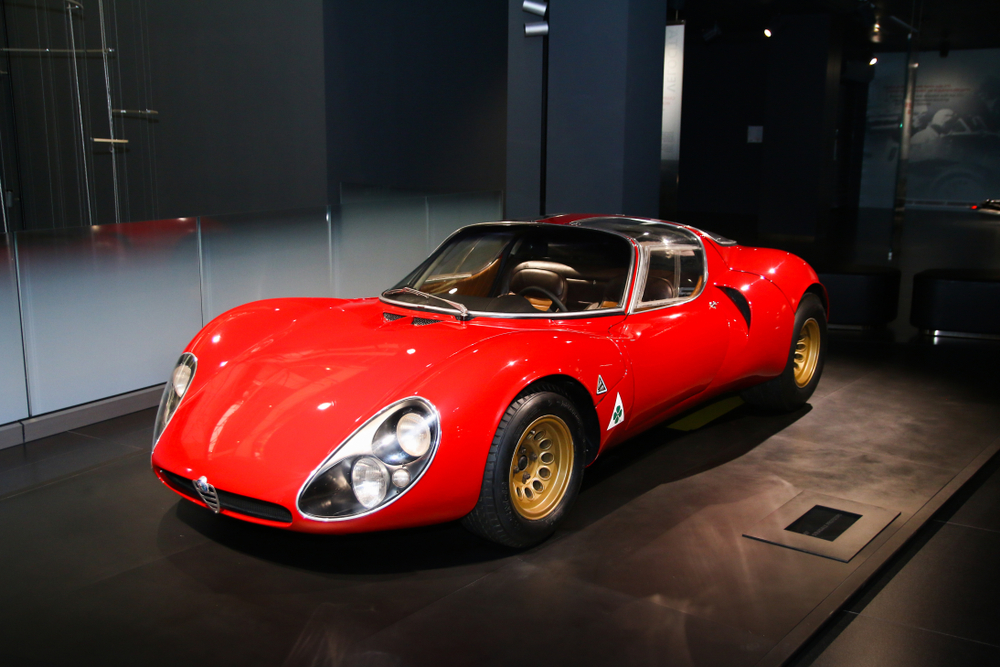
The Alfa Romeo 33 Stradale was a road-going version of the brand’s racing cars, known for its stunning design and exclusivity. Powered by a 2.0-liter V8 engine producing 230 horsepower, the 33 Stradale had a lightweight aluminum body and a sleek, curvaceous design that still turns heads today. Its race-bred chassis and power-to-weight ratio made it a formidable track car. A revival of the 33 Stradale could incorporate modern aerodynamic technology and electric power for a sustainable future without sacrificing its beauty.
Shelby Cobra Daytona Coupe
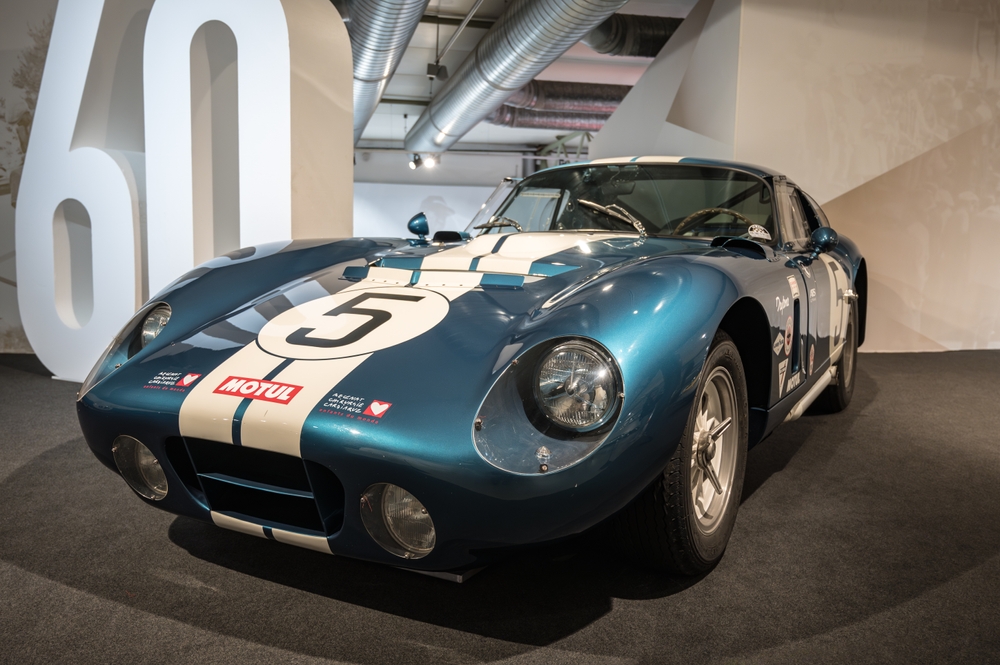
The Shelby Cobra Daytona Coupe was designed to take on Ferrari in international GT racing, and it succeeded, winning the World Sportscar Championship in 1965. Powered by a 4.7-liter V8 engine producing around 390 horsepower, the Daytona Coupe combined brute force with aerodynamic efficiency. Its sleek, curvaceous design and lightweight materials made it a top competitor. A modern version could benefit from advanced materials like carbon fiber and hybrid technology while retaining the aggressive styling that made it iconic.
Maserati MC12
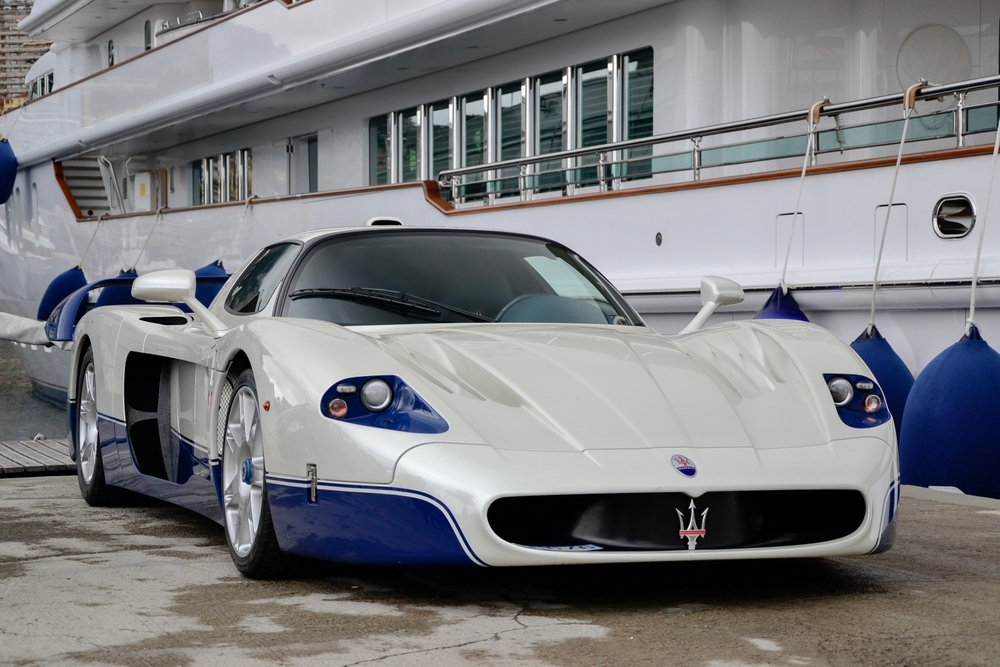
The Maserati MC12 was a limited-production racing car that shared its underpinnings with the Ferrari Enzo. Powered by a 6.0-liter V12 engine producing 620 horsepower, it was designed to compete in GT racing and won multiple championships. The MC12’s long, sweeping design was aerodynamic and imposing, crafted from lightweight carbon fiber. A revival of the MC12 with updated hybrid or electric power could make it a contender in modern racing leagues, while keeping its luxurious Maserati heritage intact.
Toyota 2000GT
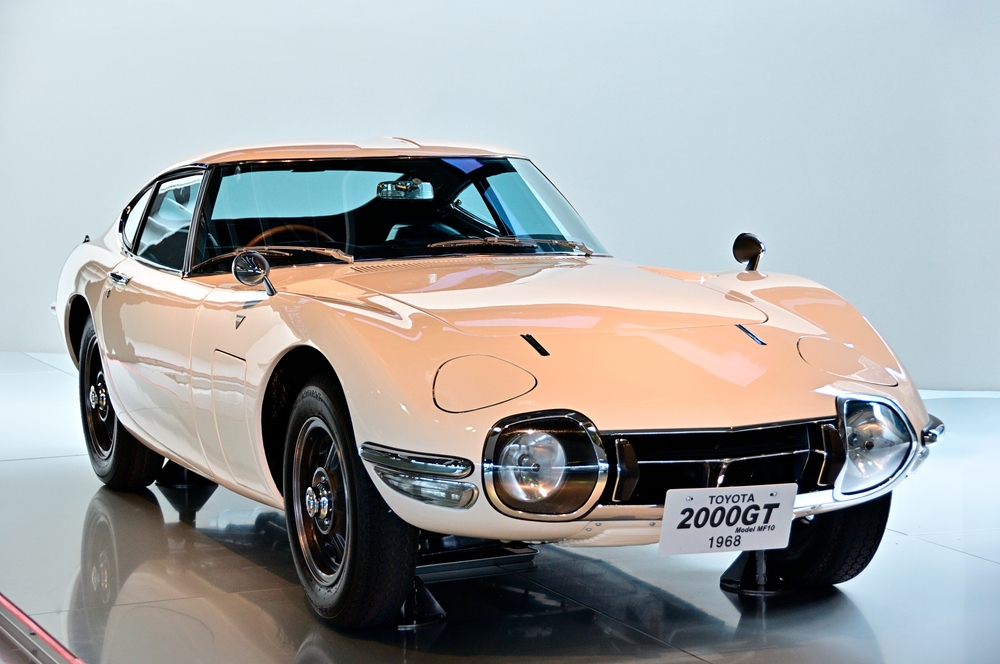
The Toyota 2000GT was Japan’s first supercar and was heavily influenced by motorsport. Though it wasn’t widely raced, its 2.0-liter straight-six engine, producing 150 horsepower, and lightweight body made it a capable performer. Its design, featuring flowing lines and a long hood, made it an icon of the 1960s. Reviving the 2000GT with modern engineering, such as electric propulsion or lightweight composites, would honor its legacy while making it competitive in today’s automotive landscape.
Lotus 49
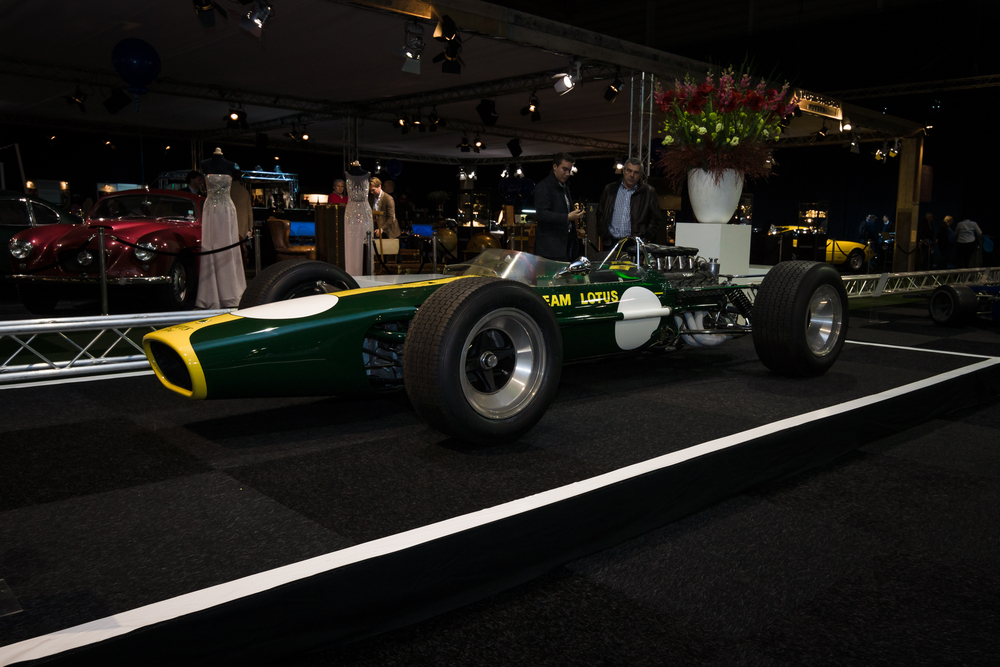
The Lotus 49 revolutionized Formula 1 with its use of the engine as a stressed member of the chassis. Powered by the famous Cosworth DFV V8 engine, it produced over 400 horsepower and set new standards for speed and handling in the late 1960s. Its lightweight construction and aerodynamic design gave it a significant edge on the track. A modern revival could incorporate hybrid powertrains and advanced materials while maintaining the innovative spirit that made the Lotus 49 a game-changer.
Audi Quattro S1
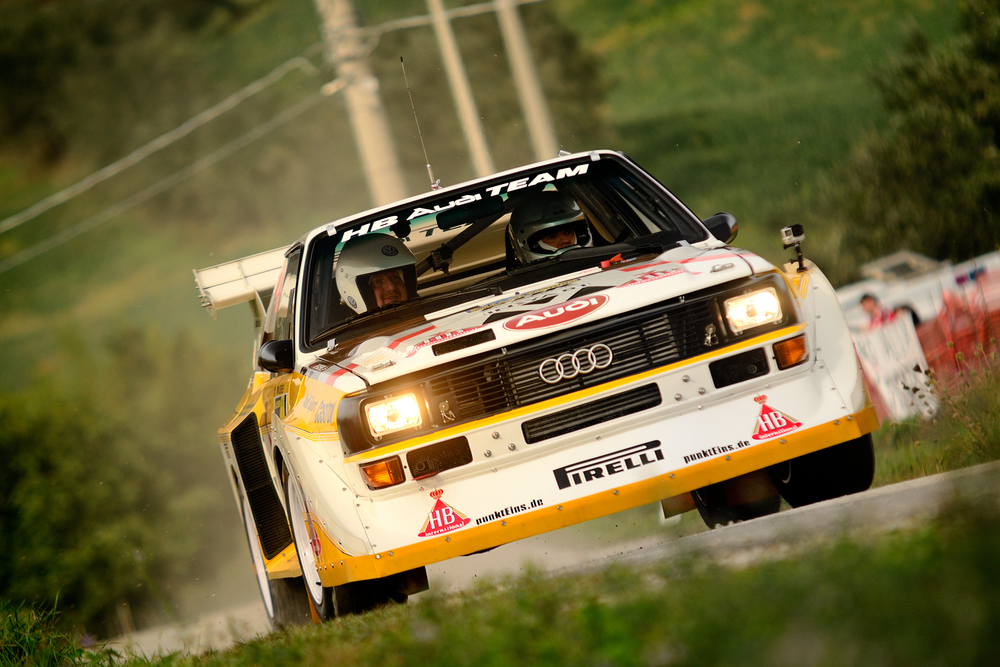
The Audi Quattro S1 dominated the World Rally Championship in the 1980s, thanks to its innovative all-wheel-drive system and turbocharged inline-five engine producing over 500 horsepower. Its aggressive, boxy design and massive rear wing made it instantly recognizable. Reviving the Quattro S1 with modern electric power and all-wheel-drive technology would pay homage to its rally roots while pushing the boundaries of performance.
Ford Sierra RS500 Cosworth
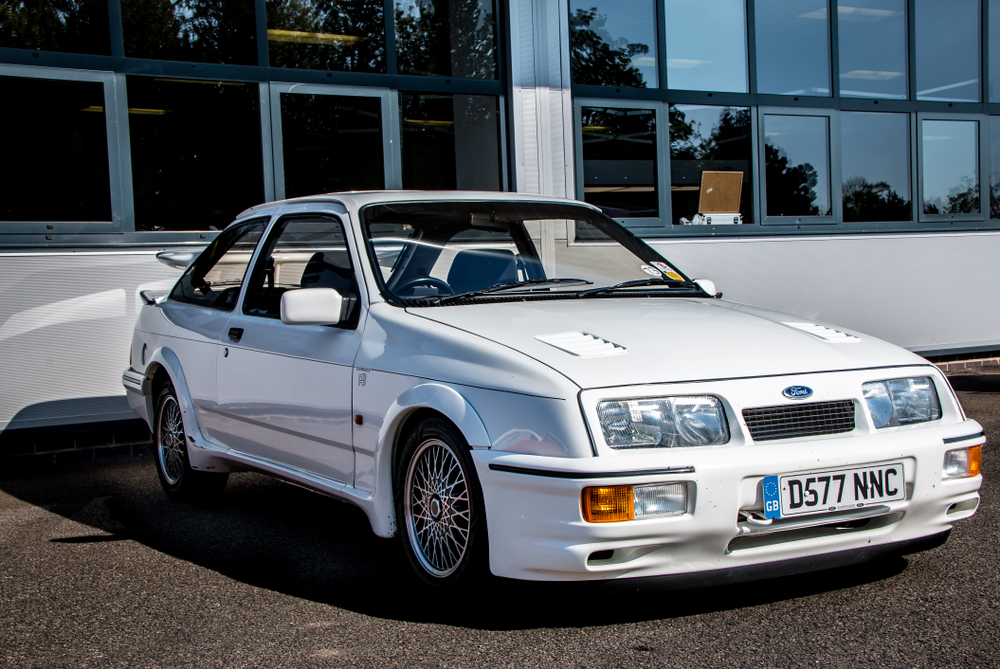
The Ford Sierra RS500 Cosworth was a dominant force in touring car racing, known for its turbocharged 2.0-liter engine producing up to 500 horsepower in race trim. Its lightweight design, aggressive bodywork, and massive rear spoiler gave it a menacing presence on the track. A modern revival could feature a turbocharged hybrid powertrain, lightweight composites, and advanced aerodynamics, making it a thrilling competitor in modern racing series.
Mercedes-Benz 300 SLR
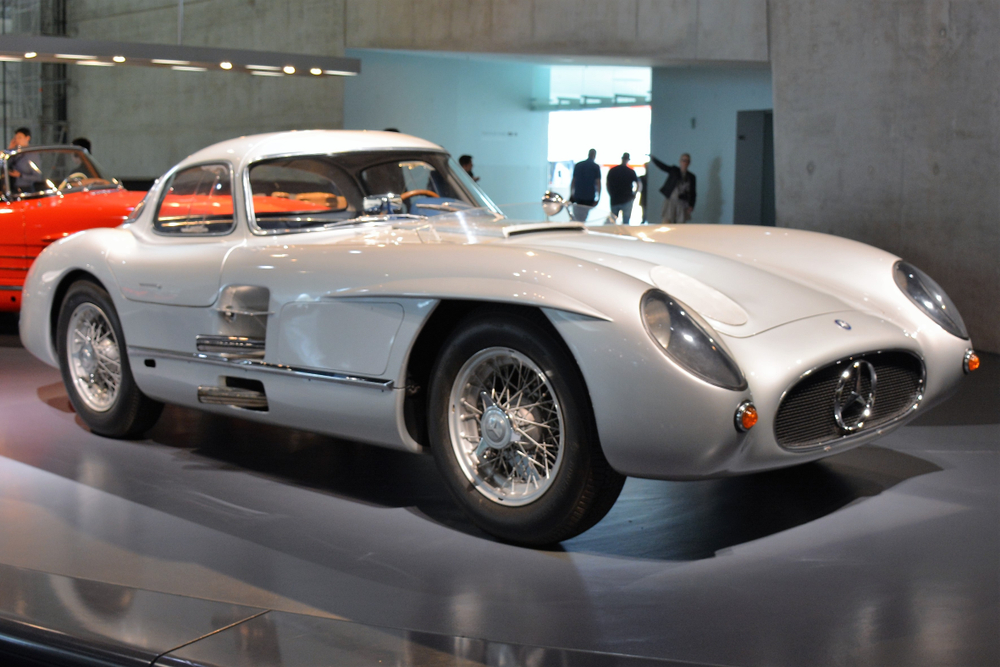
The Mercedes-Benz 300 SLR was one of the most advanced racing cars of the 1950s, powered by a 3.0-liter straight-eight engine producing 310 horsepower. It featured a lightweight magnesium-alloy body and innovative aerodynamics, which helped it dominate endurance racing. Reviving the 300 SLR with modern materials like carbon fiber and an electric powertrain could bring this legendary car into the 21st century while maintaining its racing pedigree.
Nissan Skyline GT-R R32

The Nissan Skyline GT-R R32 earned the nickname “Godzilla” for its dominance in touring car racing, particularly in Japan and Australia. Powered by a 2.6-liter twin-turbo inline-six engine producing 280 horsepower, the R32 also featured advanced all-wheel-drive and four-wheel steering. Its boxy design and cutting-edge technology made it a fan favorite. A modern version of the R32 could benefit from electric or hybrid power while preserving its aggressive styling and performance-focused engineering.
Ferrari F40
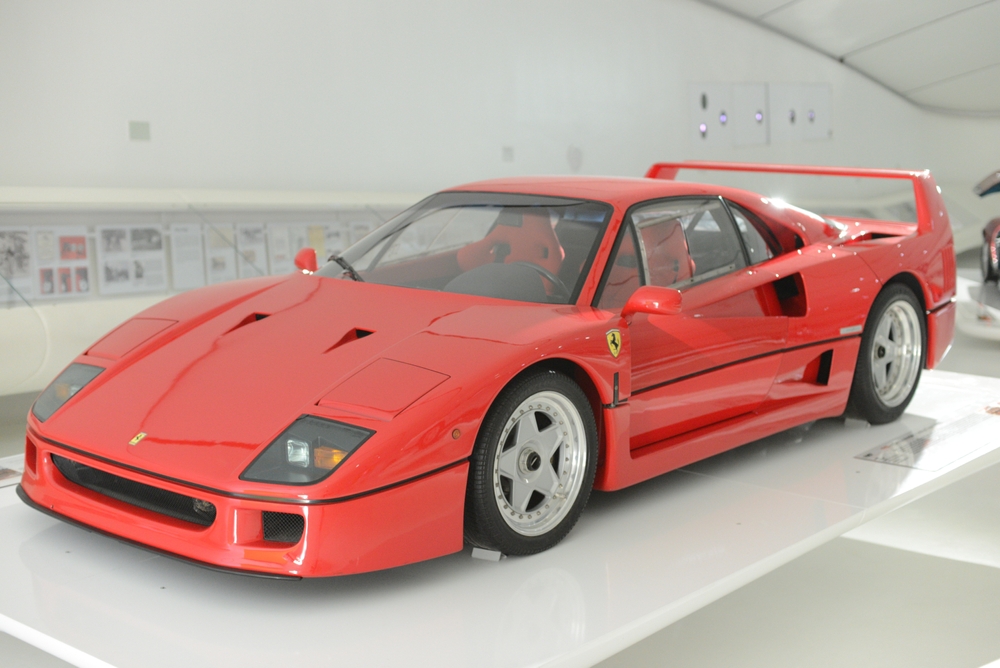
The Ferrari F40 is one of the most iconic supercars ever made, designed to celebrate Ferrari’s 40th anniversary. Powered by a 2.9-liter twin-turbo V8 engine producing 471 horsepower, it was the first production car to exceed 200 mph. Its lightweight construction, featuring Kevlar, carbon fiber, and aluminum, made it a formidable competitor on both the road and track. A revival could incorporate modern hybrid technology while retaining the F40’s raw, race-focused character.
Peugeot 205 T16
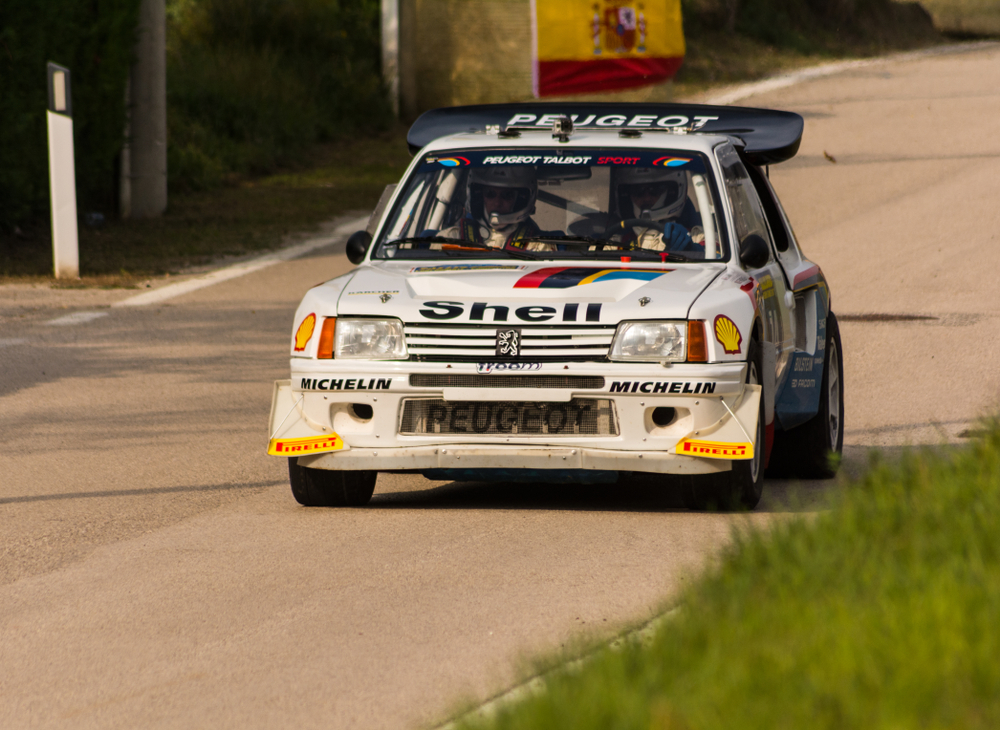
The Peugeot 205 T16 was a Group B rally car that dominated the World Rally Championship in the mid-1980s. Powered by a 1.8-liter turbocharged engine producing 350 horsepower, it featured a mid-engine layout and all-wheel drive, making it highly agile on tight rally stages. Its compact, boxy design and aggressive stance made it a fan favorite. Reviving the 205 T16 with modern technology could make it a contender in contemporary rally racing.
Dodge Viper GTS-R
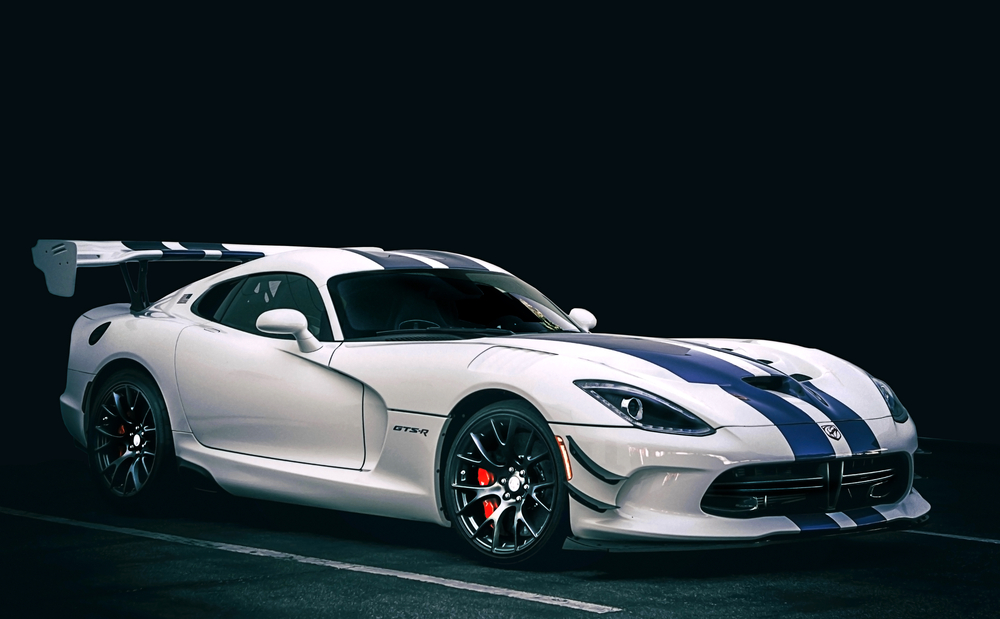
The Dodge Viper GTS-R was an American powerhouse in endurance racing, known for its massive 8.0-liter V10 engine producing 450 horsepower. Its long hood, wide body, and muscular stance made it an intimidating presence on the track. The GTS-R’s lightweight composite materials and aggressive aerodynamics helped it win multiple championships. A revival with modern hybrid technology and lightweight carbon fiber could bring back the raw power of the Viper with improved efficiency and performance.
Chevrolet Corvette C3 L88
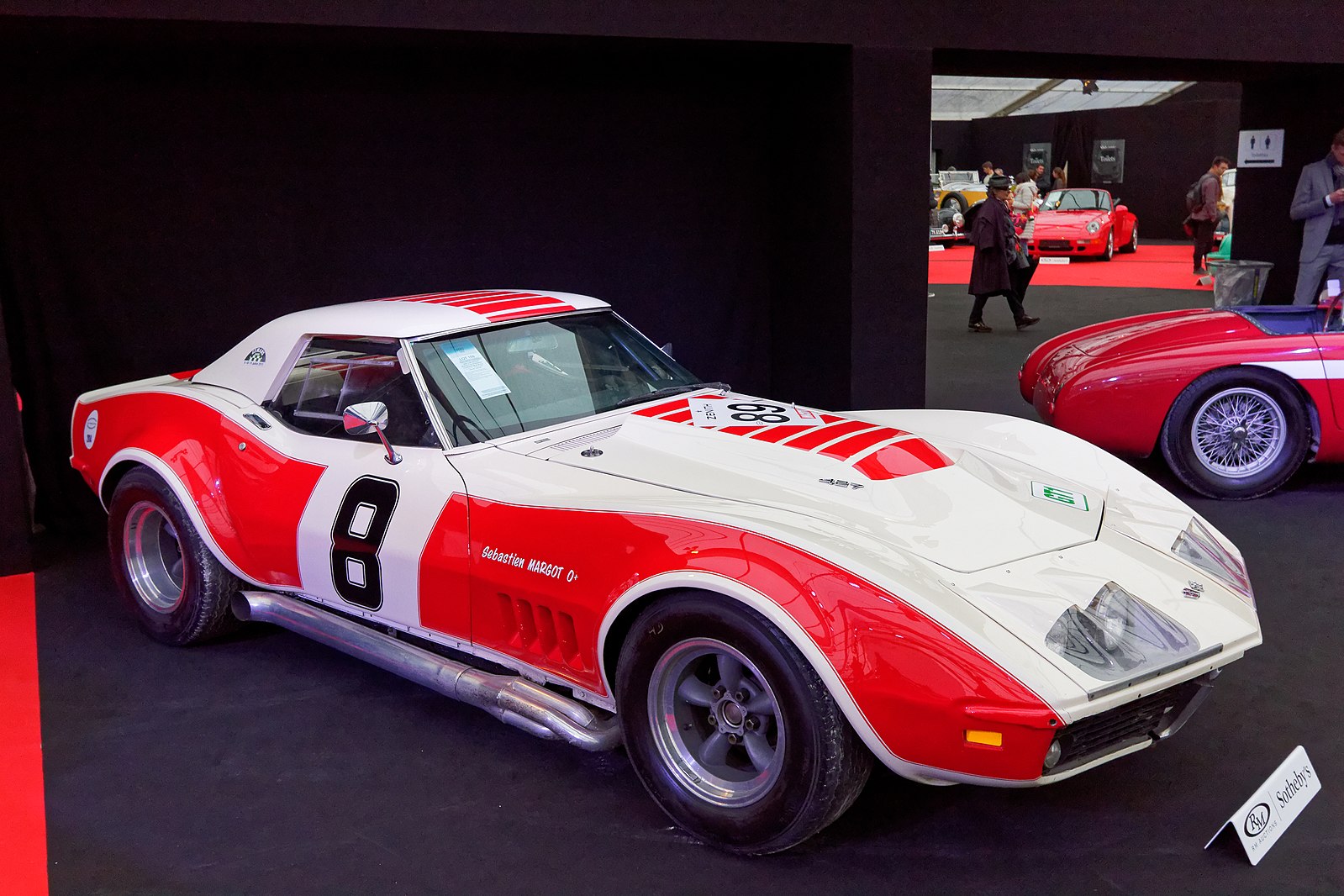
The Chevrolet Corvette C3 L88 was a racing variant of the iconic American sports car, powered by a 7.0-liter V8 engine producing over 500 horsepower in race trim. Its aggressive design, featuring flared fenders and a low stance, made it a dominant force in endurance racing in the late 1960s. A modern revival could include a hybrid powertrain, lightweight materials, and advanced aerodynamics while retaining the bold, aggressive design that made the L88 a legend.
This article originally appeared on MyCarMakesNoise.
More from MyCarMakesNoise
25 V6 Cars That Shocked Everyone with Their Incredible Speed
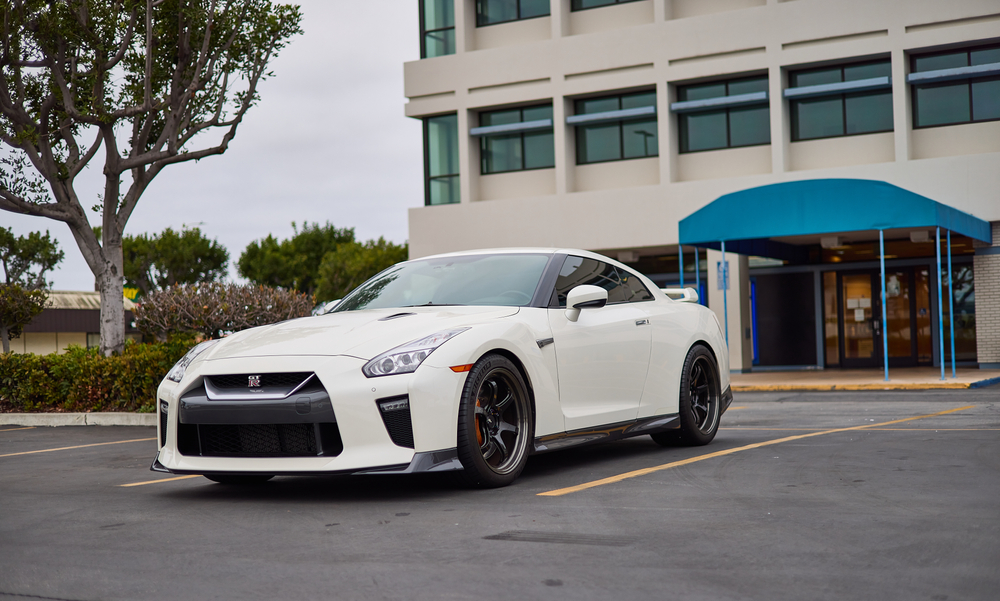
When it comes to performance, V6 engines often get overlooked in favor of their more powerful V8 counterparts. However, some V6 cars have defied expectations, delivering impressive speed and agility that leave drivers and enthusiasts in awe. Read More.
23 Japanese Sedans That Pack Sports Car Power
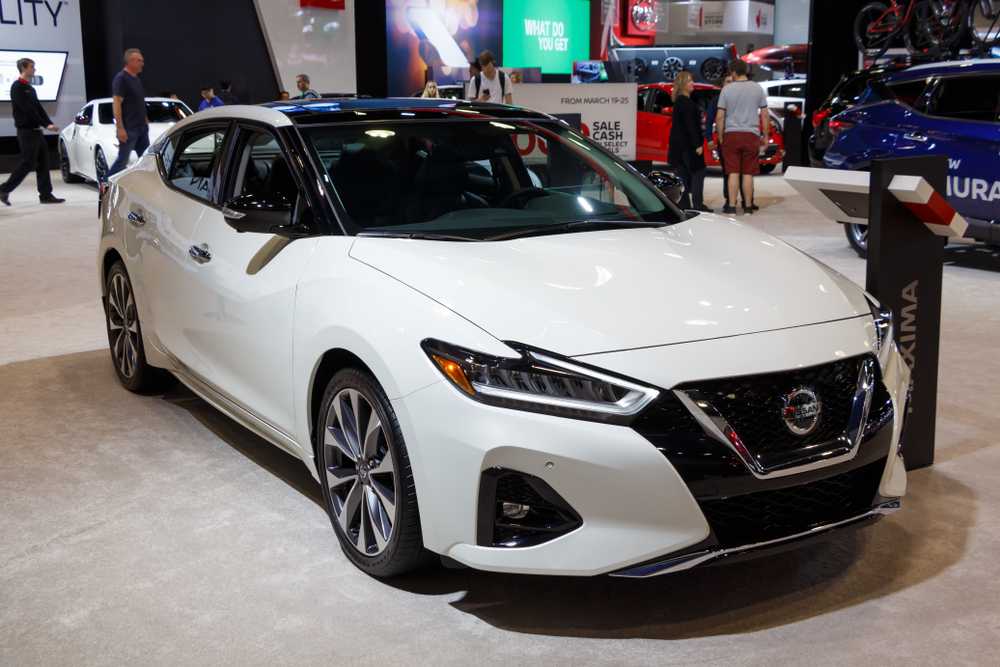
When you think of high-performance cars, sports cars often come to mind. However, many Japanese sedans offer impressive speed and agility that rival even the best sports cars. Read More.
20 Vehicles That Don’t Hold Up Past 100k Miles
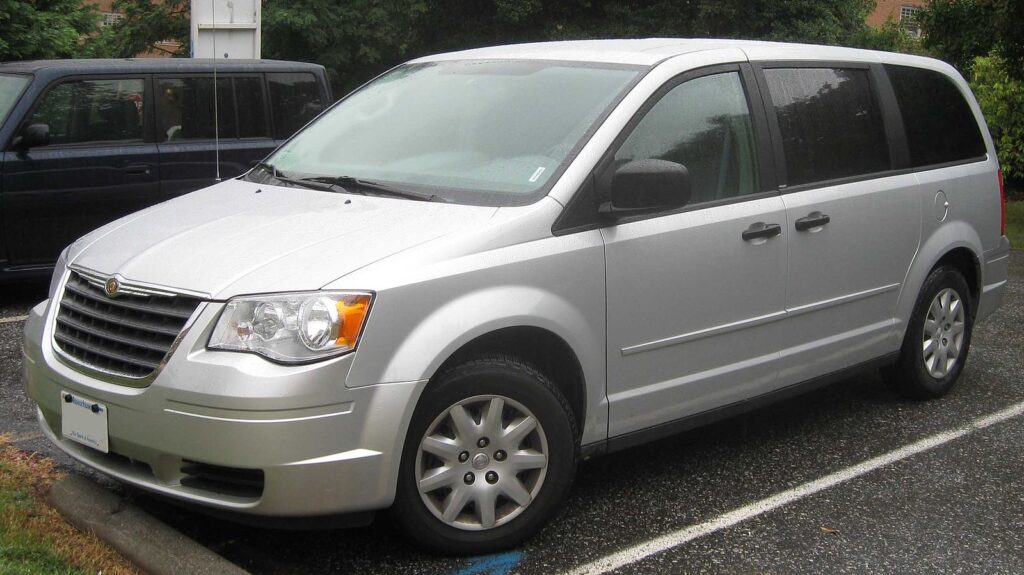
From engine issues to transmission troubles, these vehicles can become more of a headache than they’re worth as the miles pile up. Read on to find out which cars to avoid if you’re planning to go the distance. Read More.

